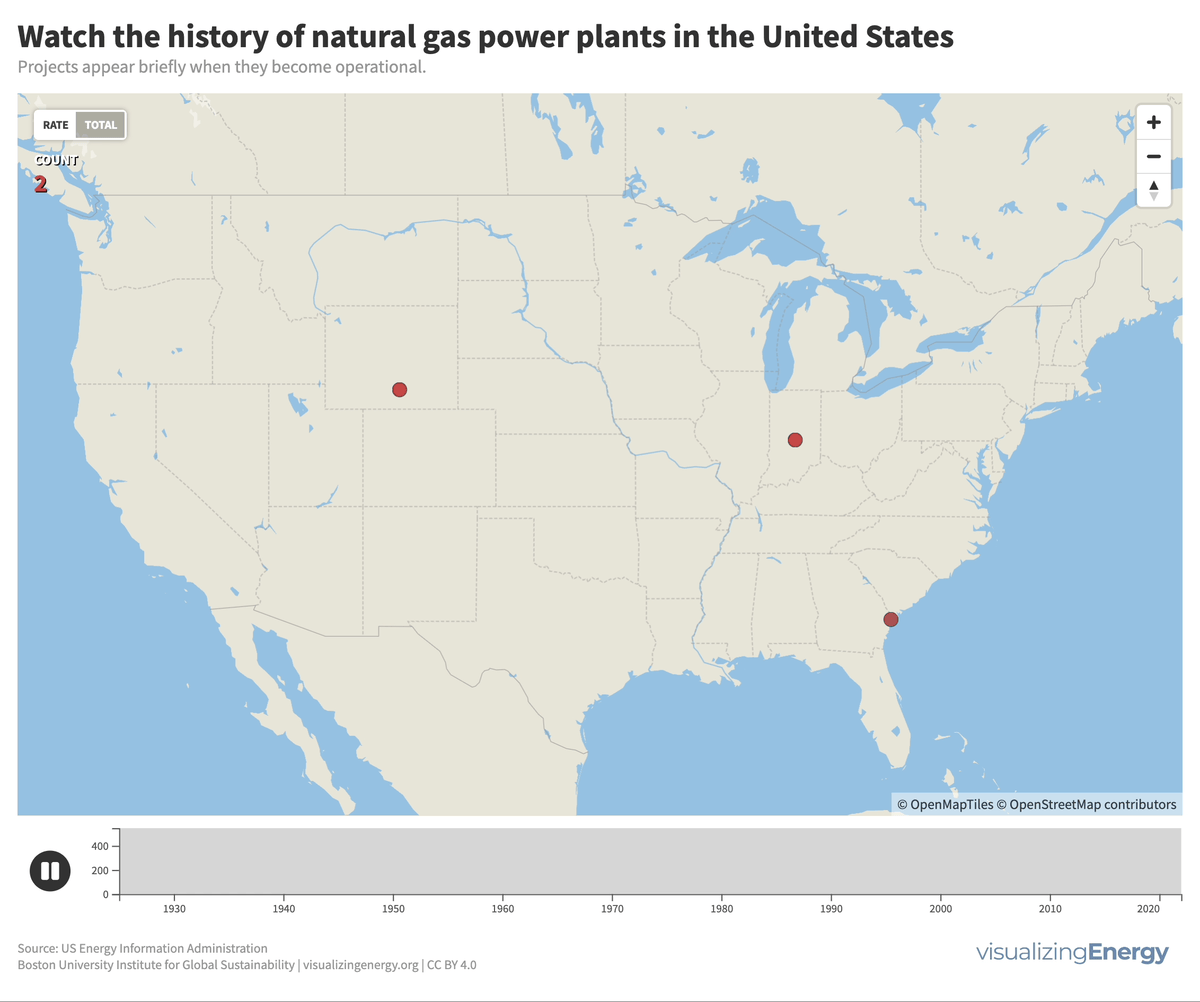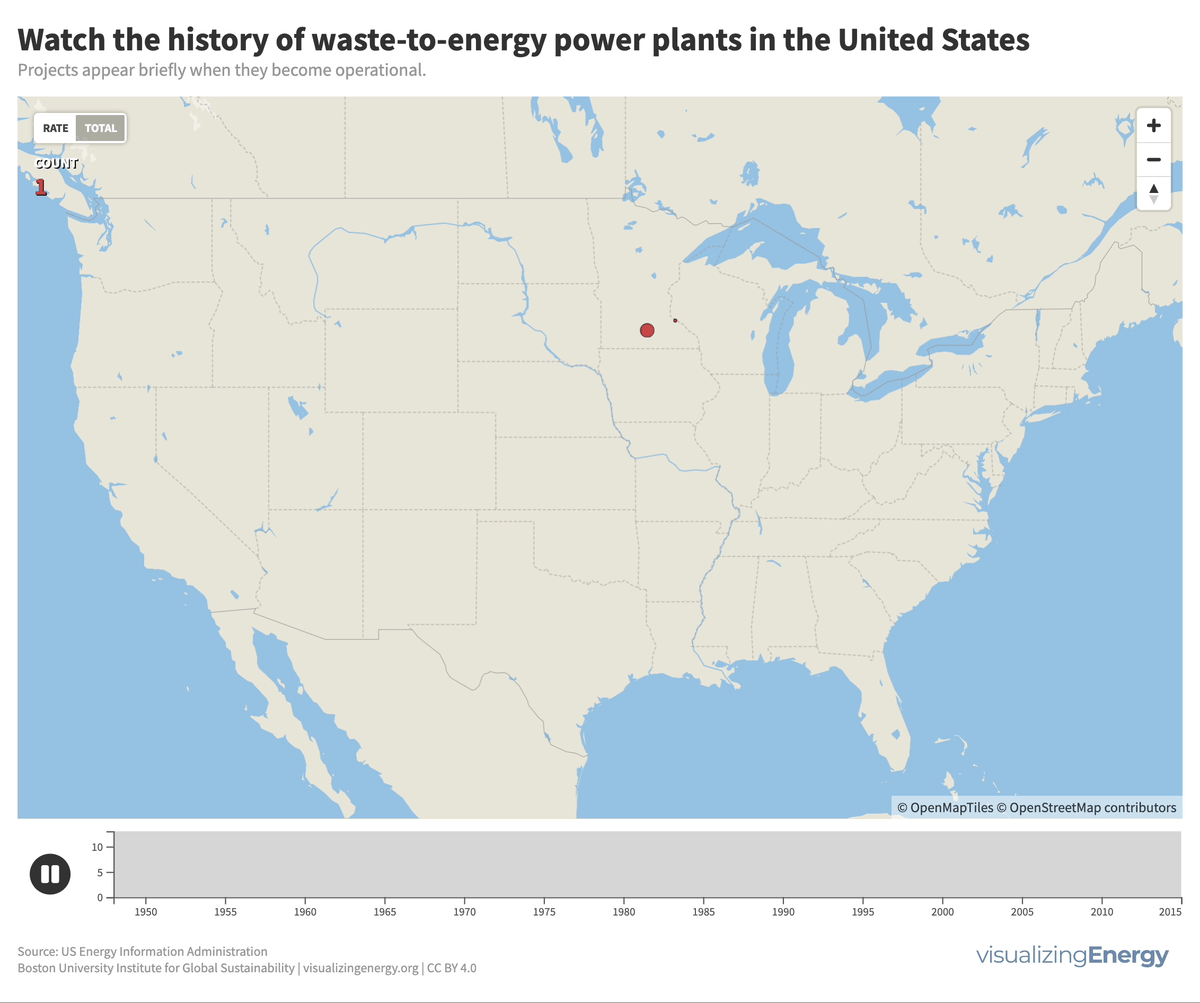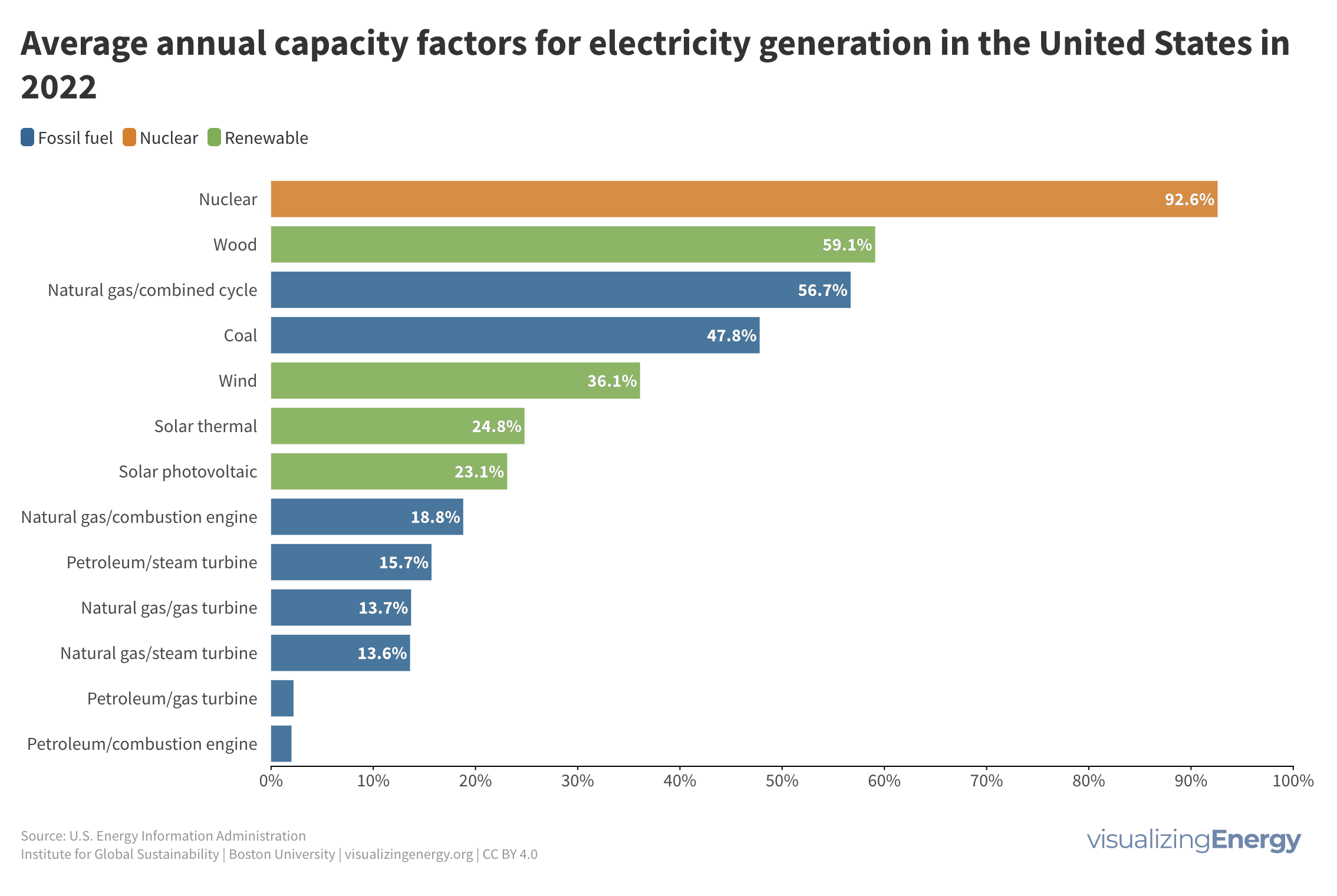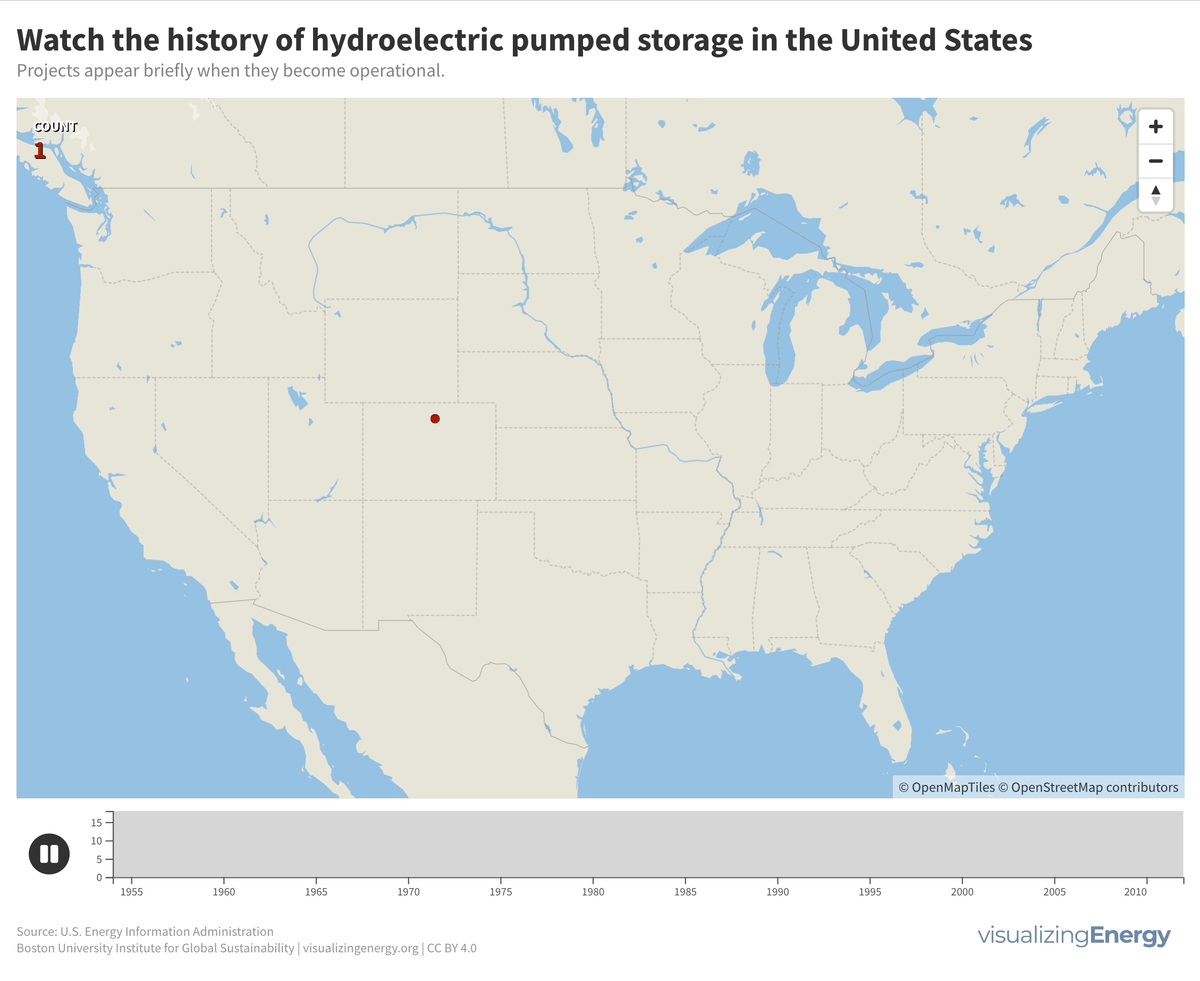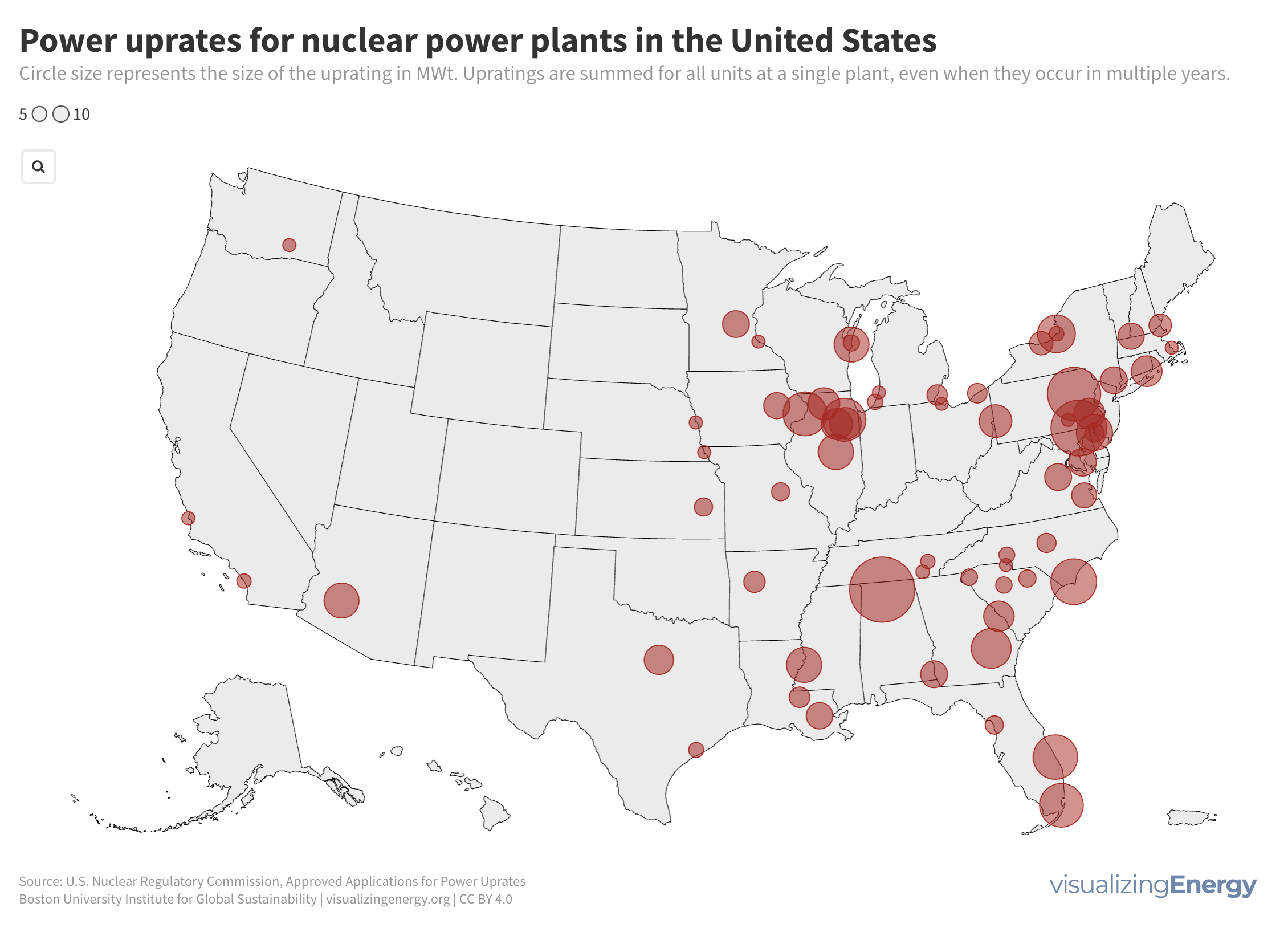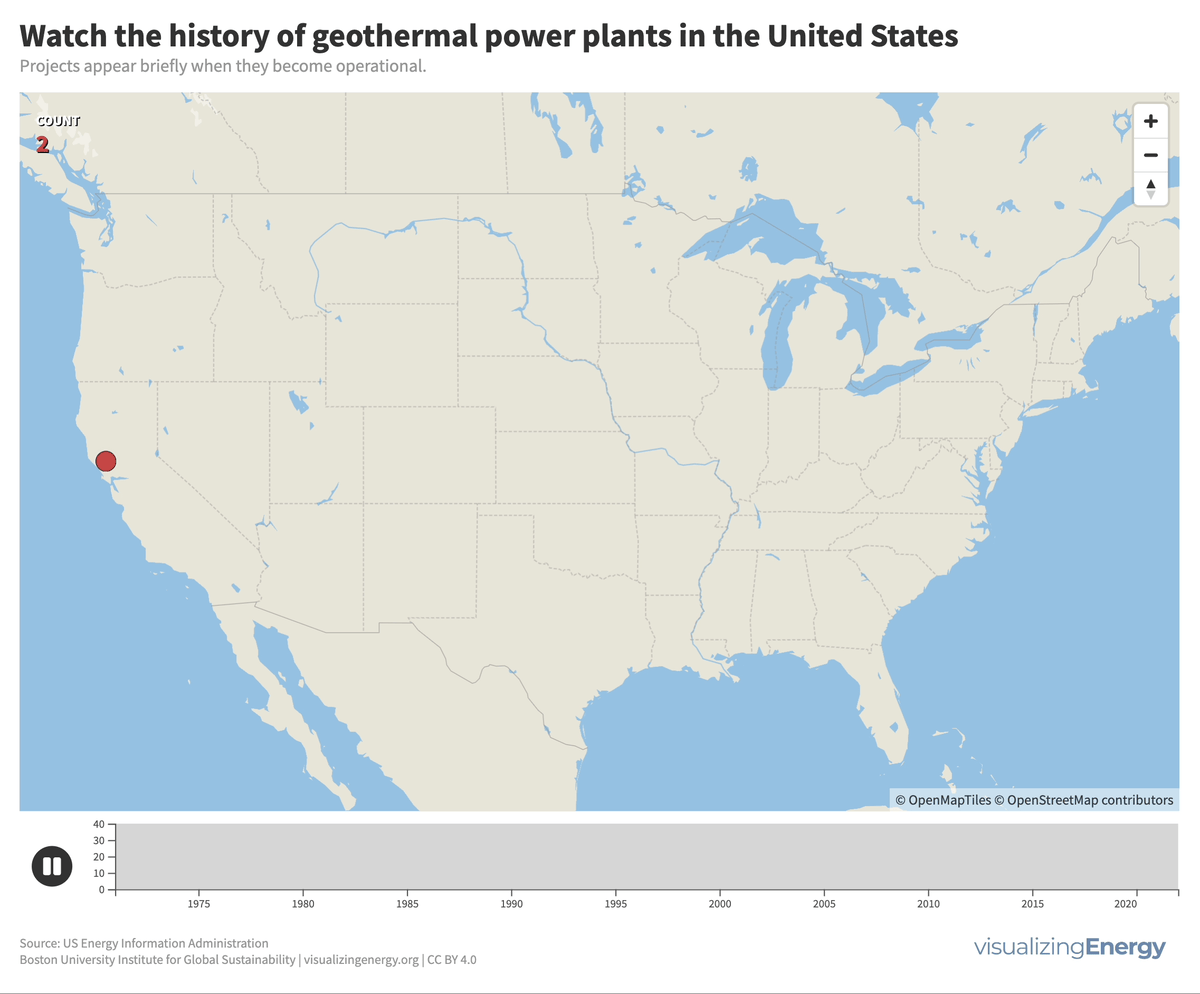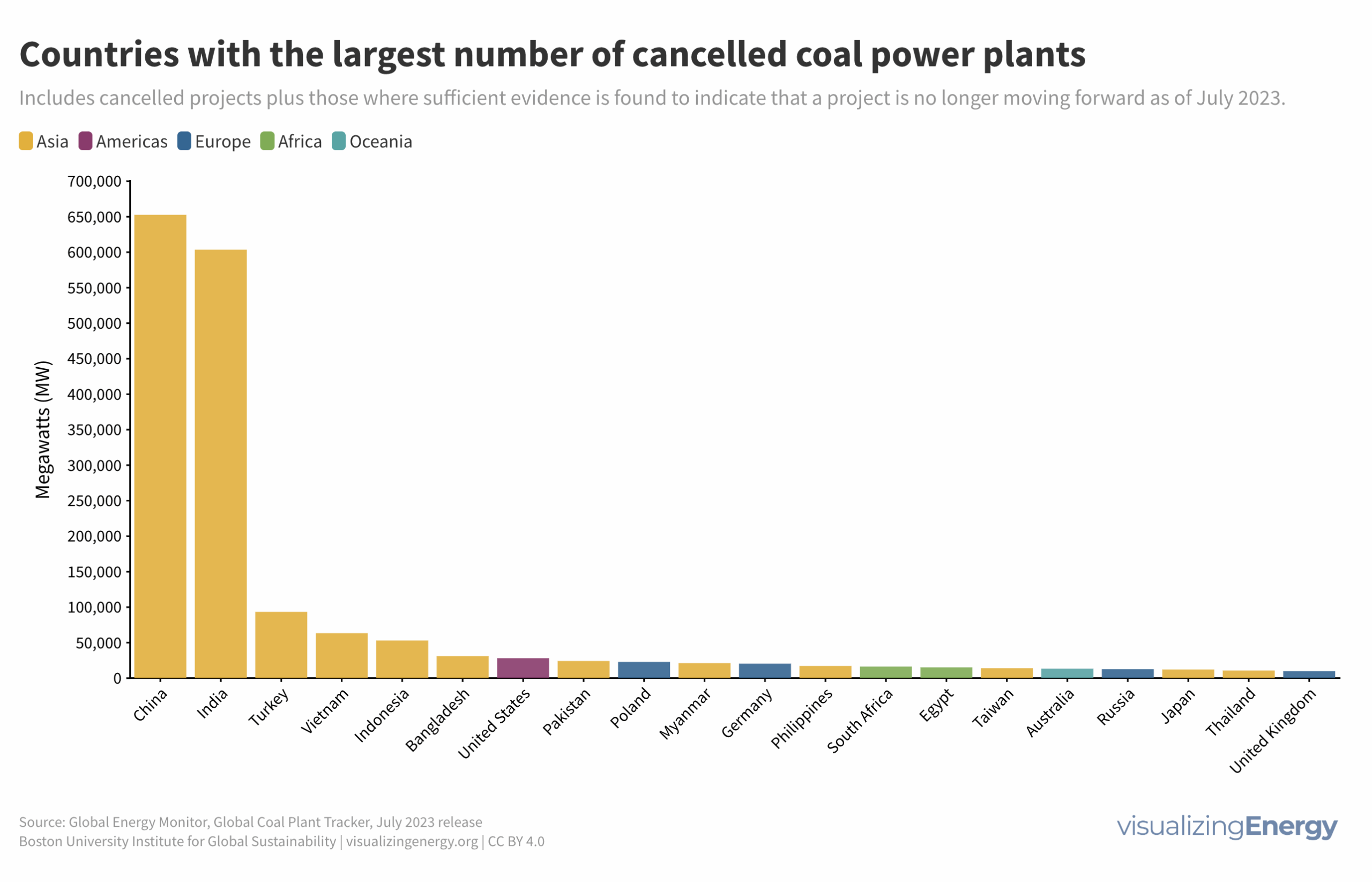
Where are coal power plant projects being cancelled?
The coal power plant industry’s state is reflected in cancellations and shelved projects, concentrated in Asia (e.g., China, India). China’s paradoxical coal investment includes building new capacity and decommissioning old plants due to renewable energy growth. In the U.S., 23% of coal capacity will retire by 2029 due to competition from natural gas and renewables.

